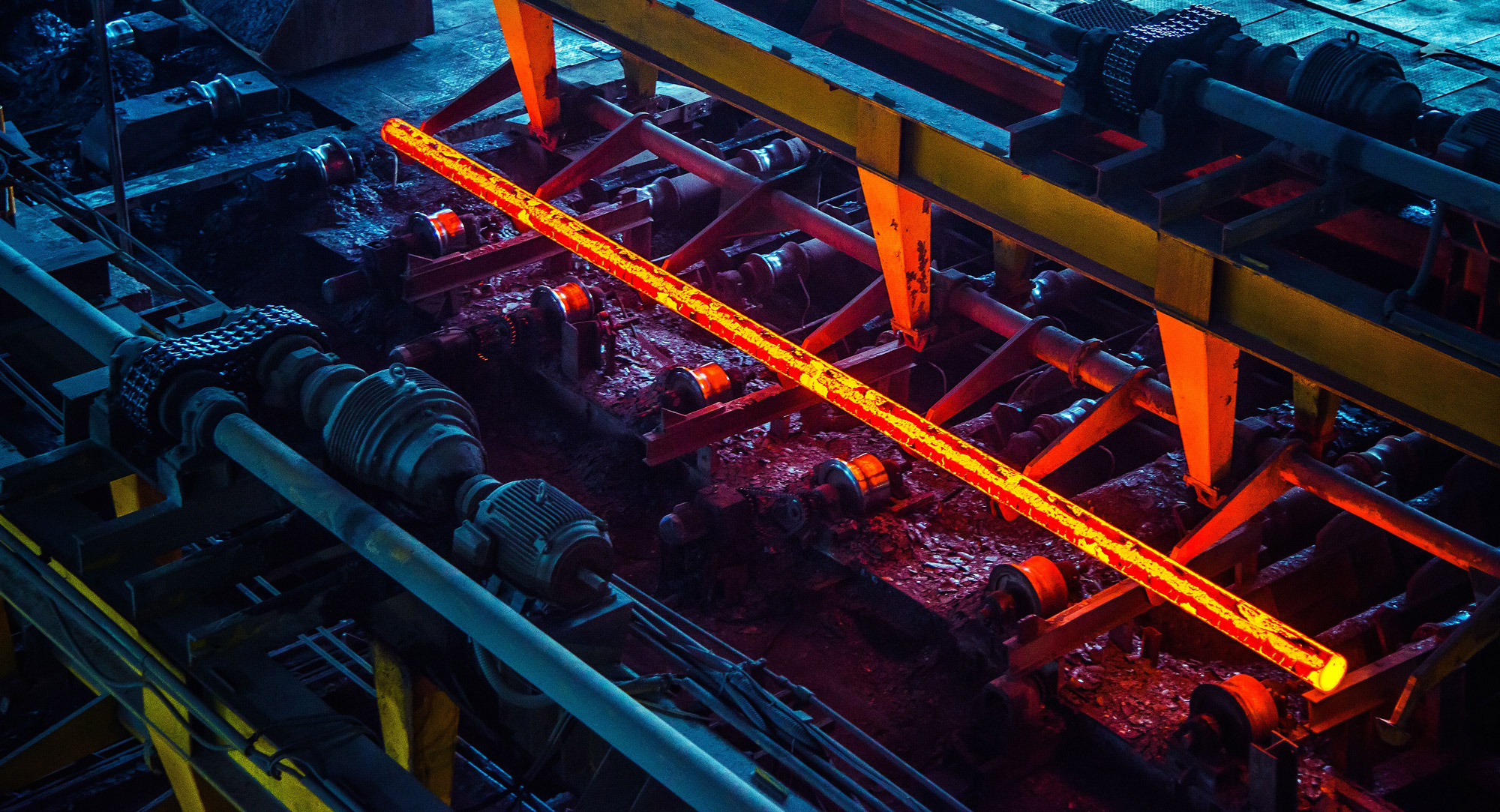Introduction to Steelmaking Electric Furnaces and Selection of Refractory Materials
2024.12.18
The main types of steelmaking electric furnaces include electric arc furnaces, induction furnaces, electroslag remelting furnaces, and electron beam furnaces.
Overview of Electric Arc Furnaces
Electric arc furnaces (EAFs) are the most common type, categorized into direct current (DC-EAF) and alternating current (AC-EAF) types. DC-EAFs have seen rapid development due to advantages such as reduced refractory material consumption, energy efficiency, lower noise levels, and minimized flicker. Innovations like eccentric bottom tapping, water-cooled furnace walls and roofs, oxy-fuel burners, and scrap preheating are particularly effective for DC-EAFs.

The 1990s marked the rapid growth of DC-EAFs, especially in industrialized nations with high scrap recycling rates (e.g., the USA, Japan, South Korea) and developing countries with limited power supply (e.g., China, Southeast Asia). Over a few years, more than 100 EAFs with capacities exceeding 50 tons were built, including notable examples like Japan’s 240-ton DC-EAF and the USA’s 280-ton DC-EAF.
Electric furnaces primarily use scrap steel as raw material. Scrap steel and lime are loaded into the furnace, and an electric arc between the electrodes and scrap heats the charge, enabling a series of metallurgical reactions to produce steel.
Refractory Materials for DC Electric Arc Furnaces
DC-EAFs come in three main types: ABB, Clecim, and GHH, classified by the structure of the bottom electrodes, underscoring the importance of electrode design.
ABB-Type DC-EAF: The bottom electrodes use conductive refractory materials and are air-cooled on the surface.
GHH-Type DC-EAF: The bottom is embedded with multiple steel pins (20-50mm diameter steel rods) and surface air cooling is applied.
Clecim-Type DC-EAF: Uses 1-4 thick steel rods with copper water-cooled sleeves at the lower ends.
Refractory material lifespan determines electrode lifespan. For Clecim bottom electrodes, magnesia-based, magnesia-carbon, magnesia-alumina, and magnesia-chrome refractory materials are commonly used. European manufacturers often prefer carbon-free basic bricks, while Japanese manufacturers focus on high-carbon magnesia-carbon bricks for thermal shock resistance. To further improve performance, Europe has introduced magnesia-alumina spinel and magnesia-chrome bricks. Repair materials such as magnesia-based dry ramming mixes are critical for maintaining high durability.
For steel-pin or steel-plate conductive bottom electrodes, magnesia-based refractories are used, often as dry ramming materials or prefabricated blocks. Recent developments in Japan have introduced MgO-C materials. Improving refractory material performance alone cannot significantly extend electrode life, so hot repair techniques with conductive refractory materials, such as magnesia-iron, magnesia-carbon, and magnesia-calcium-carbon conductive ramming mixes, have become standard practice.

Refractory Materials for AC Electric Arc Furnaces
Refractory materials for AC-EAF bottoms initially included asphalt and tar-bonded magnesia or brine magnesia ramming mixes. Later, magnesia bricks and lower-grade magnesia-carbon bricks became common. Since the 1990s, China has adopted magnesia-calcium-iron dry vibratable ramming mixes for furnace bottoms, which are easy to install, require no baking, and are ready for steelmaking immediately after construction.
For small EAFs, furnace walls are typically lined with pitch magnesia bricks, magnesia-carbon bricks, or magnesia repair mixes. For ultra-high-power large EAFs, premium magnesia-carbon bricks are used, particularly at slag lines and hot spots, with magnesia spray repair materials for maintenance.
High temperatures above 2000°C and arc radiation in the triangular electrode area of the furnace cover cause severe thermal stress, leading to spalling and wear. This is a primary reason for furnace cover damage.
Advances in Refractory Materials for EAF Furnace Covers
Small EAF covers typically use fired high-alumina bricks with a service life of 60-120 heats. Recently, unfired high-alumina bricks and prefabricated high-alumina castable components have gained popularity, offering extended service life (up to 150 heats) while reducing energy consumption and labor intensity. Prefabricated high-alumina components are gradually replacing traditional bricks.
For high-power and ultra-high-power EAF covers, the electrode triangle area is often made of corundum, chrome-corundum, or corundum-magnesia castables and prefabricated components. The outer cover typically uses fired or unfired high-alumina bricks, magnesia bricks, or magnesia-chrome bricks.
Tapping Channels
Tapping channels are usually side-mounted, with common materials including high-alumina, pyrophyllite, and magnesia-based ramming or castable materials. Prefabricated tapping channels are also widely used, with some applications using magnesia-car.

